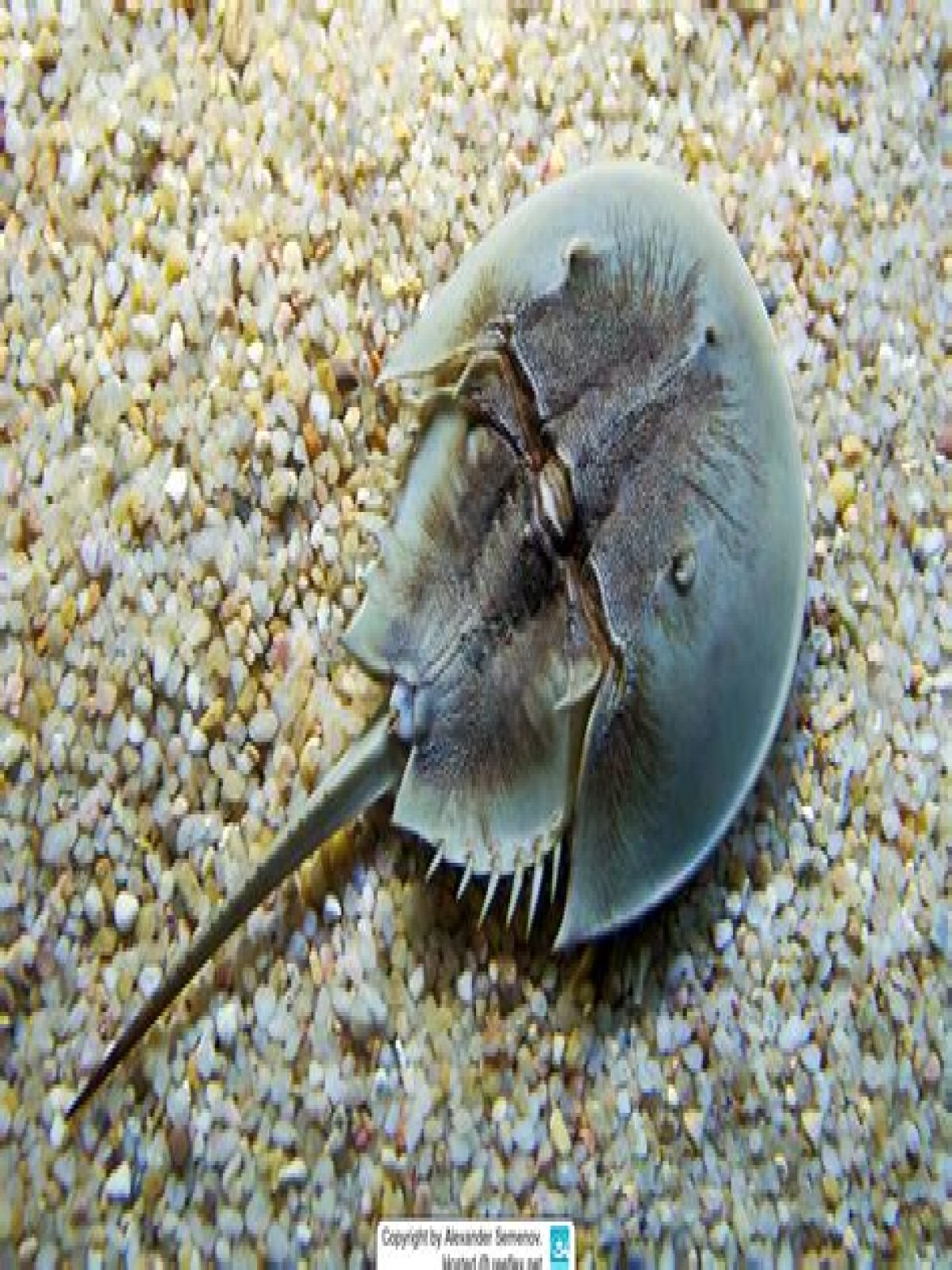Why Limulus is called king crab?
Why Limulus is called king crab?
The term “king crab” is sometimes used for horseshoe crabs, but it is more usually applied to a group of decapod crustaceans. Limulus means “askew” and polyphemus refers to Polyphemus, a giant in Greek mythology. It is based on the misconception that the animal had a single eye.
Why Limulus is known as living fossil?
Limulus (the king crab or horse-shoe crab) continues to remain unchanged for past 190 million years. It is therefore, also called living fossil. Excretion occurs through four pairs of coxal glands. Respiration occurs through book gills.
What is the class of Limulus?
Horseshoe crabs Limulus/Class
Is Limulus is a living fossil?
Living fossil is called a living species of the organisms that appear to be similar to a species. Horseshoe crab (Limulus) includes marine arthropods which belong to the family Limulidae and order xiphosura. They are considered as the living fossils.
Is harvesting horseshoe crab blood illegal?
“This harvest of horseshoe crabs is illegal and should not be allowed to continue one more year,” Catherine Wannamaker, a senior attorney at the Southern Environmental Law Center, said in a statement. The Atlantic horseshoe crab is a protected species and a longtime contributor to biomedical research.
Is King Crab a spider?
No, it may be wrongly called a King Crab, or Horseshoe crab, but in fact it is a member of the Arachnid family – so its closest relatives are scorpions and spiders. All King Crabs have four pairs of legs, no antennae and only two body divisions. The head and thorax are combined.
Is Limulus an insect?
Limulus is a genus of horseshoe crab, with one extant species, the Atlantic horseshoe crab (Limulus polyphemus).
How do paleontologists know that horseshoe crabs are living fossils?
Horseshoe crabs (Xiphosurids) are perhaps one of the most well-known examples of “living fossil” because their bodies have changed very little over a vast length of time. They are not true crabs (which are crustaceans), but instead are chelicerate arthropods, making more closely related to spiders and scorpions.
What family is the horseshoe crab in?
Limulidae Horseshoe crabs are marine and brackish water arthropods of the family Limulidae, and the only living members of the order Xiphosura….Horseshoe crab.
| Limulidae Temporal range: | |
|---|---|
| Order: | Xiphosura |
| Suborder: | Xiphosurida |
| Family: | Limulidae Leach, 1819 |
| Genera |
Why is horseshoe crab blood so valuable?
Why is it valuable? Horseshoe crab blood is blue in colour, due to the presence of copper. But that’s not why it’s valuable. It’s valuable because it contains an “amebocyte” used in the field of biomedics to identify bacterial contamination in vaccines and all injectable drugs.
How much is the blood of a horseshoe crab worth?
Bruce Museum, Greenwich, Conn. Horseshoe crab blood is worth an estimated $15,000 a quart, according to the Mid-Atlantic Sea Grant Programs/National Oceanic and Atmospheric Administration Web site ().
Are horseshoe crabs protected in Florida?
In March 2000, a series of management measures for horseshoe crabs went into effect in Florida. The regulations required a license to harvest and set a limit on the number of animals each licensee could harvest per day (25 to 100 animals allowed per day per person depending on the permit).
What is the taxonomic classification of the Xiphosura?
Xiphosura were traditionally placed in the class Merostomata, although this term was intended to encompass also the eurypterids, whence it denoted what is now known to be an unnatural (paraphyletic) group (although this is a grouping recovered in some recent cladistic analyses).
When do xiphosurans reach sexual maturity?
Modern xiphosurans reach sexual maturity after about three years of growth. The oldest known stem-Xiphosuran, Lunataspis, is known from the late Ordovician of Canada, around 445 million years ago. No xiphosurans are known from the following Silurian.
What is the size of a xiphosuran?
Modern xiphosurans reach up to 60 cm (24 in) in adult length, but the Paleozoic species were often far smaller, some as small as 1 to 3 cm (0.39 to 1.18 in) long. Their bodies are covered with a tough cuticle, but do not contain any crystalline biominerals, and are divided into an anterior prosoma and a posterior opisthosoma, or abdomen.
Is Xiphosura the same as Ricinulei?
One recent study places Xiphosura within the Arachnida as the sister group of Ricinulei. Modern xiphosurans reach up to 60 cm (24 in) in adult length, but the Paleozoic species were often far smaller, some as small as 1 to 3 cm (0.39 to 1.18 in) long.
